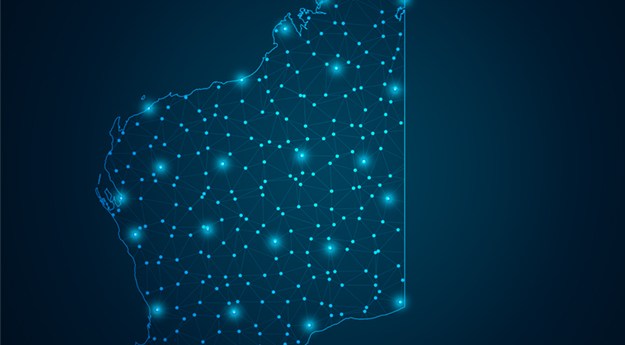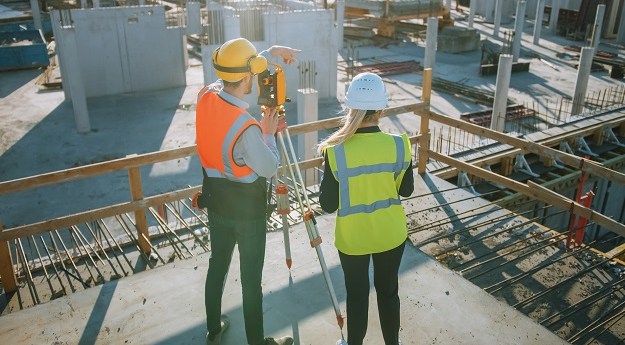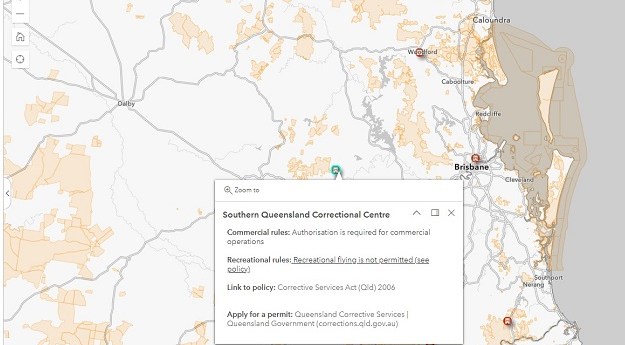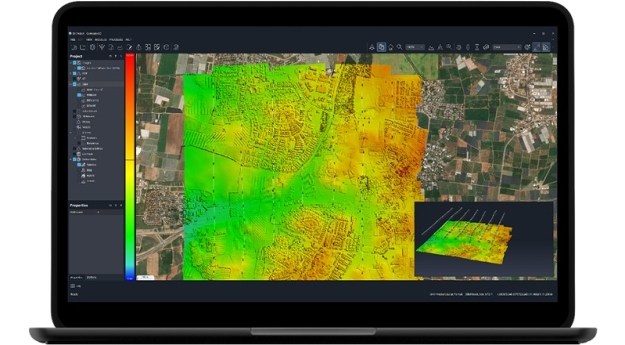Each week, Spatial Source finds the best that the internet has to offer.
These days, our maps seem alive: they speak, in robotic voices, telling us precisely where to go. We now have the whole world in our hands, but how did we get here? From Ptolemy to GPS, this article is a fascinating yet brief history of maps. [Smithsonian]

Tuesday 27 of June 2017 marked the official release date of 2016 Census data. The first batch of information contains a comprehensive list of demographic and socio-economic topics for areas down to local neighbourhood level. All Things Spatial explains how you can create your own interactive map from Census data. [All Things Spatial]
We take for granted that, from phones in our pockets, we can summon up street-level views of places we’ve never visited or see entire cities as viewed from miles above. But have you wondered why the resolution of satellite images never seems to improve? According this article, governments probably do have access to much higher resolution satellite imagery. [The Washington Post]

London-based AI DeepMind has revealed fresh inroads towards the creation of an artificial general intelligence that uses spatial reasoning – what might be likened to the holy grail of computer science. The focus of the research concerns the ability for machines to grasp the relation of objects to each other. This kind of spatial reasoning has proved difficult for computers, at least until now that is. [Extreme Tech]
An Australian engineer is hoping to use drones to plant 1 billion trees every year to fight an unfolding global catastrophe. An ambitious plan to remotely plant nearly 100,000 trees a day with smart drone technology (shown in the video above) aims to win back the battle against climate change and deforestation. [ABC News]














